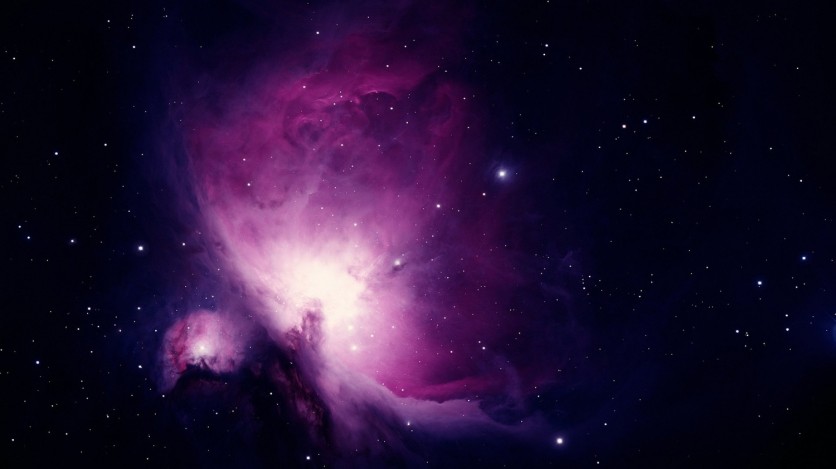NASA's James Webb Space Telescope (JWST) has captured in one of its first images a galaxy from the early universe that piqued the interest of astronomers from Cornell University. Hence, they scanned these photos and came across a surprising discovery.

Star-forming Galaxy from the Early Cosmos
SPT0418-47, one of the brightest dusty, star-forming galaxies in the early cosmos, was their initial focus and the telescope's target. The gravity of a nearby galaxy distorted and magnified the distant light from SPT0418-47 into an Einstein ring, which is a circle-shaped region of light.
A companion galaxy that was previously hidden behind the light of the foreground galaxy was accidentally discovered when astronomers dug deeper into the early JWST data that was released last fall.
Surprisingly, the companion galaxy, which is thought to be only 1.4 billion years old, appears to have already hosted several generations of stars.
"We found this galaxy to be super-chemically abundant, something none of us expected," Bo Peng, a doctoral student in astronomy, who led the data analysis, said in a press release statement.
"JWST changes the way we view this system and opens up new venues to study how stars and galaxies formed in the early universe."
Read Also : NASA's James Webb Space Telescope Finds Massive Galaxies That Are 'Too Big to Even Exist'
New Galaxy
Amit Vishwas, the paper's second author, noted that earlier pictures of the same Einstein ring taken by the Atacama Large Millimeter/submillimeter Array (ALMA) in Chile showed clues of the companion resolved clearly by Webb, but they could only be regarded as random noise.
Peng discovered a second new light source inside the ring by examining the spectral data encoded in every pixel of photos taken by Webb's NIRSpec instrument.
Despite being eight to 16 times fainter, he concluded that the two new sources were the pictures of a new galaxy being gravitationally lensed by the same foreground galaxy that was responsible for forming the ring.
Additional examination of the light's chemical makeup revealed that strong emission lines from hydrogen, nitrogen and sulfur atoms all exhibited comparable redshifts, which is a measurement of how much a galaxy's light stretches into longer, redder wavelengths as it gets farther away.
As a result, the two galaxies were located near one another and at a redshift of around 4.2, or roughly 10% of the universe's age, which also puts them roughly the same distance from Earth.
The companion galaxy, which the researchers designated SPT0418-SE, was thought to be located just 5 kiloparsecs away from the ring.
Due to their close closeness, the galaxies will likely interact and possibly even merge, according to the research team.
These galaxies are observed at a time when the universe was less than 1.5 billion years old, in contrast to the sun, which is around 4 billion years old and acquired most of its metals from earlier generations of stars that had around 8 billion years to be developed.
The researchers have requested observing time from JWST to continue their studies of the ring and its neighbors and resolve any differences between the optical and far-infrared spectrum.
The findings of the study were published in the Astrophysical Journal Letters.
Related Article : NASA's James Webb Space Telescope Sees Clouds of Star Formation in Nearby Galaxies





